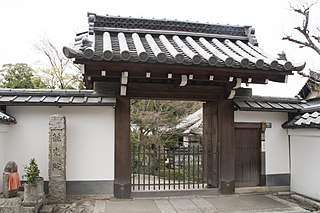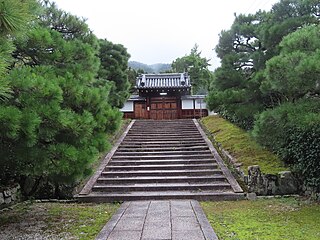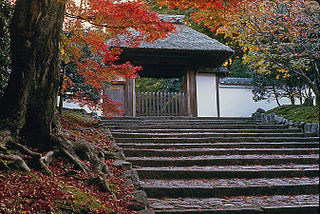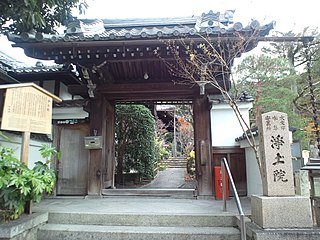Self-guided Sightseeing Tour #20 in Kyoto, Japan
Legend
Guided Free Walking Tours
Book free guided walking tours in Kyoto.
Guided Sightseeing Tours
Book guided sightseeing tours and activities in Kyoto.
Tour Facts
3.7 km
125 m
Experience Kyoto in Japan in a whole new way with our free self-guided sightseeing tour. This site not only offers you practical information and insider tips, but also a rich variety of activities and sights you shouldn't miss. Whether you love art and culture, want to explore historical sites or simply want to experience the vibrant atmosphere of a lively city - you'll find everything you need for your personal adventure here.
Activities in KyotoIndividual Sights in KyotoSight 1: Yoshida Shrine
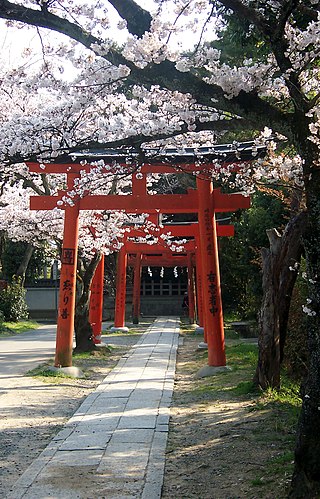
Yoshida Shrine is a Shinto shrine located in Sakyō-ku in Kyoto, Japan. It was founded in 859 by the Fujiwara clan.
Sight 2: Ryōkō-in
Ryōkoin is the head of the Jōdo Buddhist temple in Kurotani-cho, Sakyo-ku, Kyoto, Japan.
Sight 3: Konkai kōmyō-ji
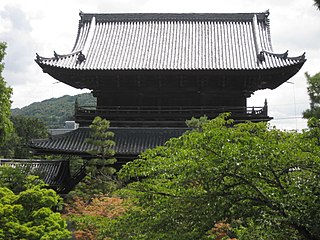
Konkaikōmyōji (金戒光明寺), also the Kurodani Temple, is a Buddhist temple in Kyoto, Japan. It is one of Head Temple of the Jōdo Sect of Buddhism.
Sight 4: Shinsho-gokuraku Temple
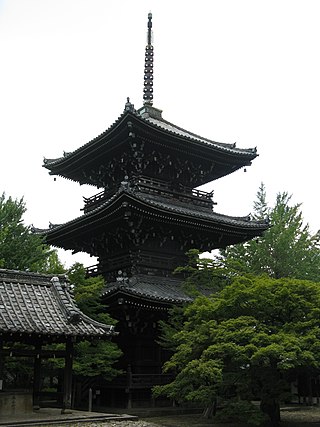
Shinshōgokuraku-ji (真正極楽寺) or Shinnyo-dō (真如堂) is a Buddhist Tendai temple in Kyoto. It was established in 984 AD by the monk Kaisan, who was originally from Enryaku-ji. The word gokuraku in its name refers to Sukhāvatī, the Pure Land of the West.
Sight 5: 霊鑑寺
Reikan-ji is a Rinzai sect temple of Nanzen-ji located in the Sakyo ward of Kyoto City, at the address of Kagadani Goshonodan-cho. The mountain name is Enjozan, and the main deity is Nyoirin Kannon. In modern times, it was a nunnery where imperial princesses entered. It is also referred to as Tani Goshiyo and the Temple of Camellias.
Sight 6: 安楽寺
Anrakuji Temple is a temple of the Jodo sect located in Shikagaya Goshonodancho, Sakyo-ku, Kyoto. The name of the mountain is Mt. Sumiren. The honzon is Amitabha. At the beginning of the Kamakura period, the disciples of the founder of the Pure Land sect, Hōren, Sumirenbo (hereinafter referred to as Sumiren) and Anrakubo (hereinafter referred to as Anraku), established a dojo for the Buddha of Pure Land Buddhism. It is famous for its pumpkin offering, which is held in July to pray for protection from the wind. It is also commonly known as Matsumushi Suzumushi Temple.
Sight 7: 浄土院
Jodoin is a temple of the Jodo sect located in Ginkakuji-cho, Sakyo-ku, Kyoto. The name of the mountain is Qingtai Mountain. The honzon is Amitabha. It is also called "Capital Letter Temple" because it manages one of the five mountain fires, "Capital Letters". It is adjacent to the north of Jishoji Temple (Ginkaku-ji).
Sight 8: Ginkakuji
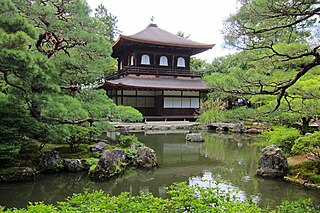
Ginkaku-ji , officially named Jishō-ji , is a Zen temple in the Sakyo ward of Kyoto, Japan. It is one of the constructions that represent the Higashiyama Culture of the Muromachi period.
Share
How likely are you to recommend us?
Disclaimer Please be aware of your surroundings and do not enter private property. We are not liable for any damages that occur during the tours.
GPX-Download For navigation apps and GPS devices you can download the tour as a GPX file.
